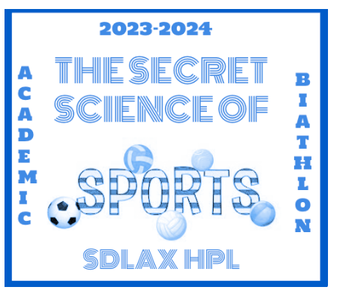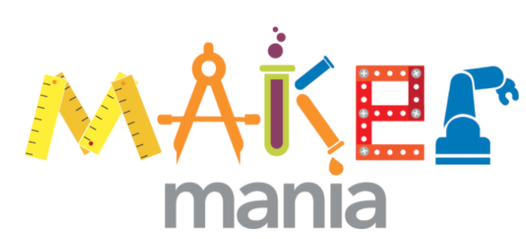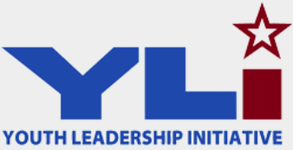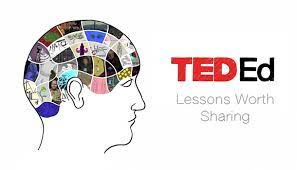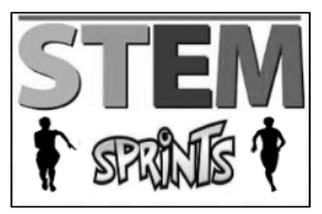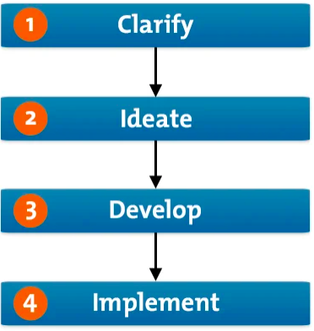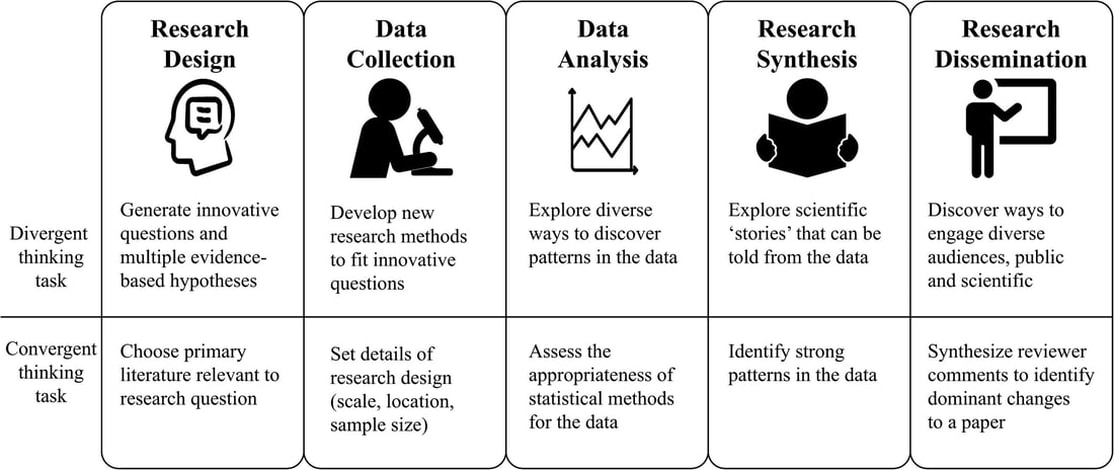CHECK OUT THE CREATIVE PROBLEM SOLVING OPPORTUNITIES BELOW!
|
The SDLAX HPL Academic Biathlon is a creative problem-solving adventure that teaches and rewards creative and divergent thought processes, cooperative brainstorming, general intellect, leadership and a flair for the dramatic–all while providing an entertaining and educational experience for all. Four-person teams will complete the Academic Biathlon while displaying good sportsmanship and teamwork. Each team will ultimately showcase the outcomes of creativity and positive risk-taking. (Check it out!)
|
|
Students set out to find answers in a learning journey that is packed with tangible and diverse skill-building opportunities.
In Self-Organized Environments (SOLEs), small groups of students are asked big questions, and then work together to answer those questions. The BIG IDEA of StartSOLE, a catalytic, tested and vetted innovation is empowering students to explore multiple new dimensions of autonomy while collaborating with peers. (Check it out!) |

Design Thinking is built around the way that humans think and learn.
MAKER MANIA, first, introduces you to a problem, then you will creatively brainstorm and design solutions to that problem. There is no one right way. After you design you build. Then, you test and succeed or fail. Both are natural ways of learning and both have their place and importance. Using the Maker Mania Mini Design Challenges means your are given permission to explore and experiment. Try new things; give yourself permission to be creative. Most importantly, have fun! (Check it out!) |
|
The Youth Leadership Initiative is a HPL leadership program for school district students to strengthen self-awareness, recognize the impact of service learning, develop cross-cultural leadership skills, and to put skills learned into action in a multicultural and global community. (Check it out!)
|
|
TED's youth and education initiative — aims to spark and celebrate the ideas and knowledge-sharing of teachers and students around the world. Check out the lessons in science, social studies, the arts, math, world events, history, and other subjects. (Check it out!)
|
|
STEM Sprints are creative problem solving hands-on challenges that utilize the design process. All students are welcome to take the challenge. Students may request STEM KITS to get the supplies for each challenge if needed at no cost! STEM Challenges will be added periodically throughout the year. Get started by choosing a STEM Sprint, requesting a STEM KIT, and don't forget to share your results! (Check it out!)
|
What is Creative Problem Solving?
Creative problem solving (CPS) is a way of solving problems or identifying opportunities when conventional thinking has failed. It encourages you to find fresh perspectives and come up with innovative solutions, so that you can formulate a plan to overcome obstacles and reach your goals.
|
|
Core Principles of Creative Problem SolvingCPS has four core principles.
|
